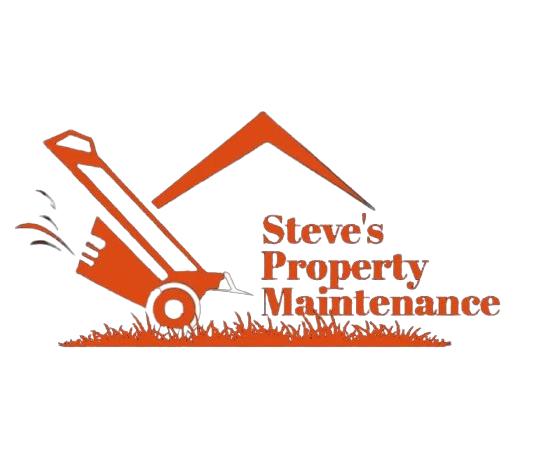As the days shorten and the air cools, we move from busy summer lawn care to readying your lawn for fall and winter. Your cool-season grass needs fall work to cope with the cold and grow strong in spring. Here is a guide with tips to help.
Understanding the Role of Fall
Fall is not just a time when leaves change. It is a chance to renew your lawn. What you do now shapes your yard’s health for the next season. Cool air lets fertilizer work well. This work helps your grass get ready for winter and builds a strong base for spring.
Timing is Key
Time matters for fall lawn care. Check your weather forecast. When the temperature drops and nights fall to the 50s or high 40s, it is time to start work.
Remember: If the area stays dry, do not spread fertilizer before rain is expected. In that case, water your lawn so it can take in the nutrients. Use sprinklers if you have them. If not, adjust your plans when rain comes.
Fertilization: The Backbone of Fall Care
Fertilization is key in fall. It boosts your lawn’s health. How much and how often you spread fertilizer depends on your soil, how strong your grass is, and past care. For new users, try applying fertilizer every two weeks for the first month. This means two or three times during that span.
Most cool-season grasses need about two pounds of nitrogen per 1,000 square feet in fall. Weaker spots may need up to three or four pounds. Follow the package instructions on granular types. With liquid types, mix your acts so you do not put too much at once.
Cultural Practices: Dethatching and Aeration
Fall is a good time for tasks like dethatching and core aeration. If your lawn has dead material or signs of damage, removing the thatch makes space for new growth. Aeration makes holes in packed soil so that air and nutrients reach the roots.
If you choose to aerate, do it after you remove the thatch. Allow the small cores to lie on the lawn. They break down and add nutrients to the soil. Pair these tasks with a good fertilizer and watering plan for the best result.
Overseeding: A Perfect Companion to Fall Care
If your lawn looks thin or shows damage, fall is a good time to overseed. After you prepare the soil with dethatching and aeration, spread your grass seed and add a starter fertilizer to help it grow. Keep the new seed area moist until the seeds sprout. Water often to stop drying.
After four to six weeks, resume your normal fertilizer routine. This step-by-step method helps your lawn build a solid base for spring.
Conclusion
Fall matters for a healthy cool-season lawn. Time your tasks well, spread fertilizer with care, and add practices like dethatching, aeration, and overseeding. With steady work this fall, your lawn can face winter strong and come back in spring ready to grow. Start now, and you will see your lawn thrive in the coming year.
[h3]Transform Your Lawn with Steve’s Property Maintenance![/h3]
At Steve’s Property Maintenance, we specialize in expert lawn care, landscaping, and property maintenance services right here in New London County, Connecticut. Whether you need regular lawn maintenance, a complete yard transformation, or eco-friendly landscaping solutions, we’ve got you covered!
📞 Call us today at +1 860-847-3441
🌐 Visit us at https://steves-property-maintenance.com
📅 Schedule a Free Consultation Now!
Don’t wait—take the first step toward a greener, healthier lawn today!

